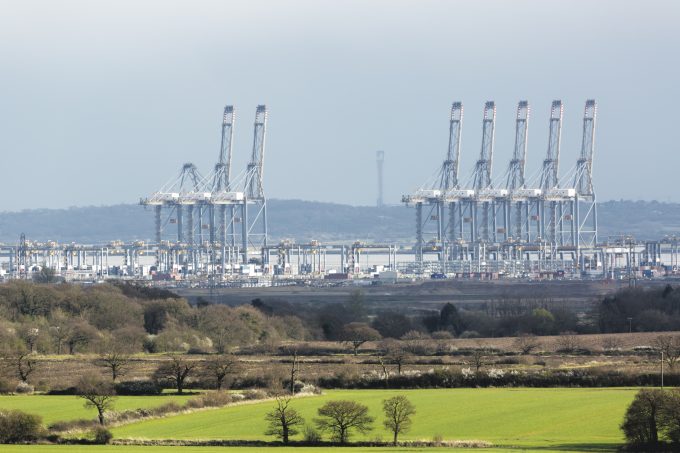Maersk eyes 'cut and run' moves as port congestion brings delays
*Edited at 10:45am on 12 February to include a response from PSA Singapore and Maersk* Maersk ...

Shippers looking for more direct calls in the third choice of export ports may do best to consider routing their cargo through smaller ports, rather than the largest container hubs.
Unveiling the results of its port connectivity index today, Drewry Maritime Advisers said that, while the ...

Comment on this article